Affiliate links on Android Authority may earn us a commission. Learn more.
How could HUAWEI release a P40 Pro in early 2020? Here are some theories.
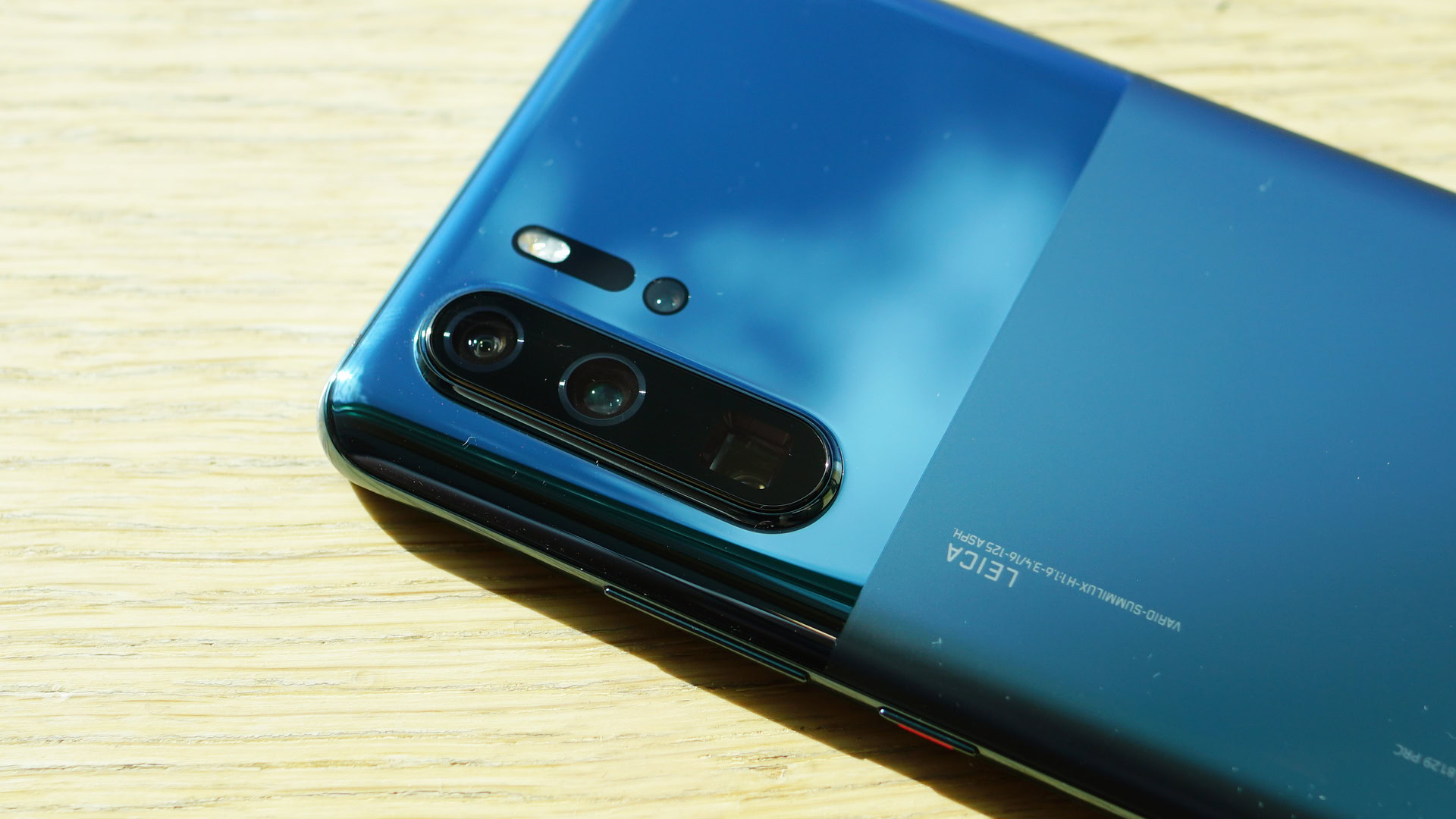
Earlier today, a report from The Information alleged that HUAWEI has plans to move forward with a global release for the HUAWEI P40 Pro in early 2020. This is interesting news considering the company’s major 2019 flagship — the HUAWEI Mate 30 Pro — still has no global release date, despite launching months ago.
The Mate 30 Pro and its sibling the HUAWEI Mate 30 are some of the best phones of the year. However, they both lack Google apps due to the United States ban on US-based firms working with the Chinese company. That’s the reason you can’t buy a Mate 30 or Mate 30 Pro right now in any other location around the world aside from China.
Even if you import the devices to your country, there’s still no reliable way to get Google apps working. Simply put, the Mate 30 Pro would likely be a contender for the best Android smartphone of 2019, but it won’t even be in the running because you can’t do something as basic as fire up Google Maps.
How can HUAWEI be planning to release the HUAWEI P40 Pro when it can’t even get the Mate 30 Pro off the ground? We have some theories on that, but first, let’s go over a little background.
HUAWEI in 2019: What the hell happened?
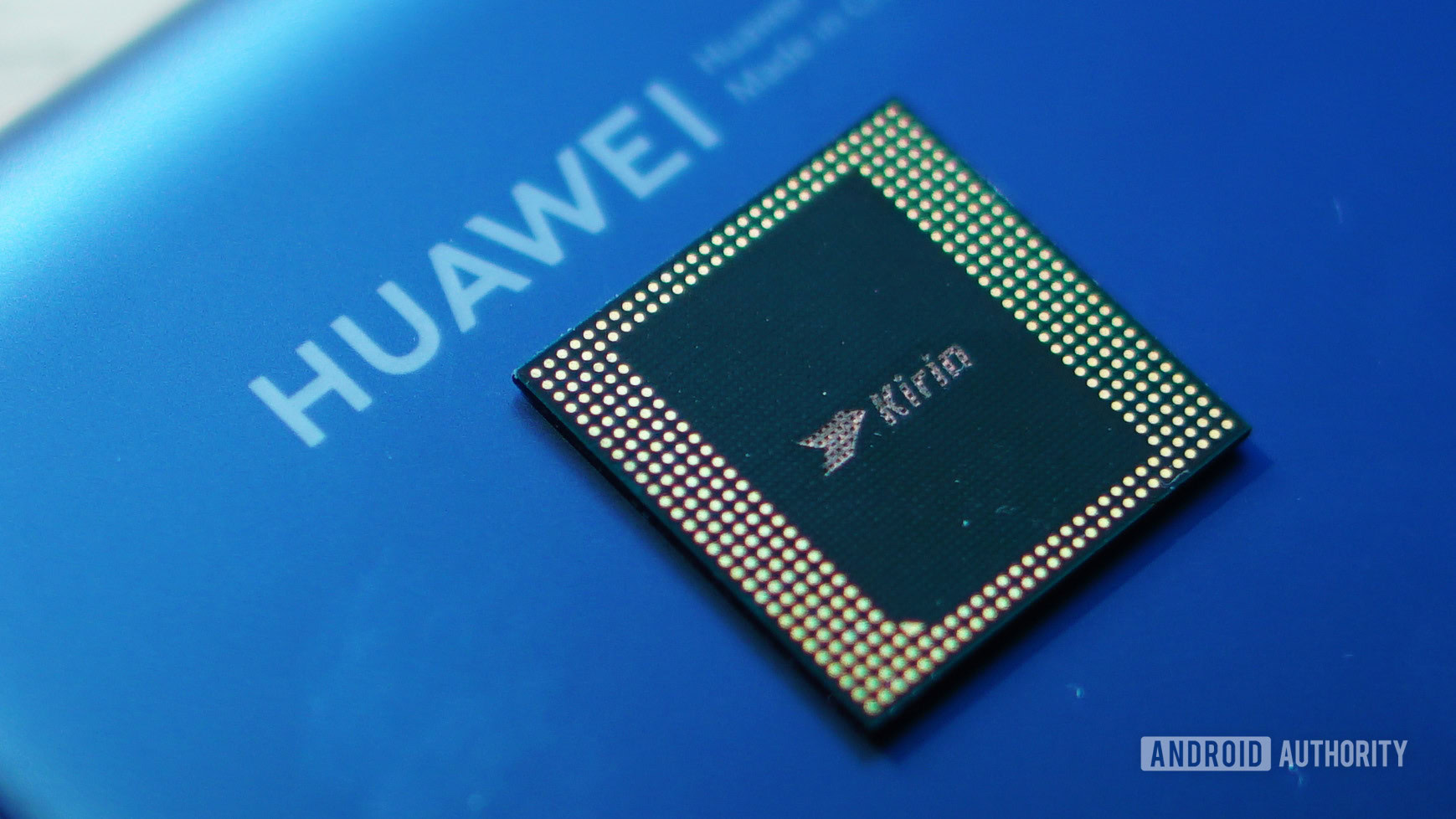
HUAWEI releases two major flagships each year like clockwork: a P-series device in the early part of the year and then a Mate-series device towards the end. This year’s P-series device was the incredibly popular HUAWEI P30 Pro, which still has one of the best smartphone camera systems of any device launched this year.
Not long after the P30 and P30 Pro landed, the US ban on HUAWEI began. The ban is complicated but it essentially means that HUAWEI can’t work with any US-based company, which includes Google. As such, HUAWEI can no longer put Google Mobile Services (GMS) onto new smartphones. GMS is a Google product that needs to run on any Android smartphone that accesses Google services, including Gmail, Google Maps, YouTube, and more. Without GMS, an Android device is incredibly limited in its capabilities.
Luckily, the United States government has repeatedly given HUAWEI 90-day reprieves from the full effect of the ban. Even today, HUAWEI received a third 90-day extension. This temporarily lifts some of the ban’s restrictions, such as allowing HUAWEI to still issue Android updates to its current crop of devices.
This all means that the HUAWEI P30 and P30 Pro are fine to sell and even update until, at the very least, March of 2020. However, since the Mate 30 and Mate 30 Pro launched after the HUAWEI ban took effect, they are out of luck. In fact, any new smartphone HUAWEI pushes out — theoretically including the HUAWEI P40 Pro — would be blocked from using GMS unless the government removes the ban or gives Google a special license to work with HUAWEI in a limited capacity.
That brings us to our first theory on how HUAWEI could still launch a HUAWEI P40 Pro next year.
Theory 1: HUAWEI knows the ban will weaken or even end
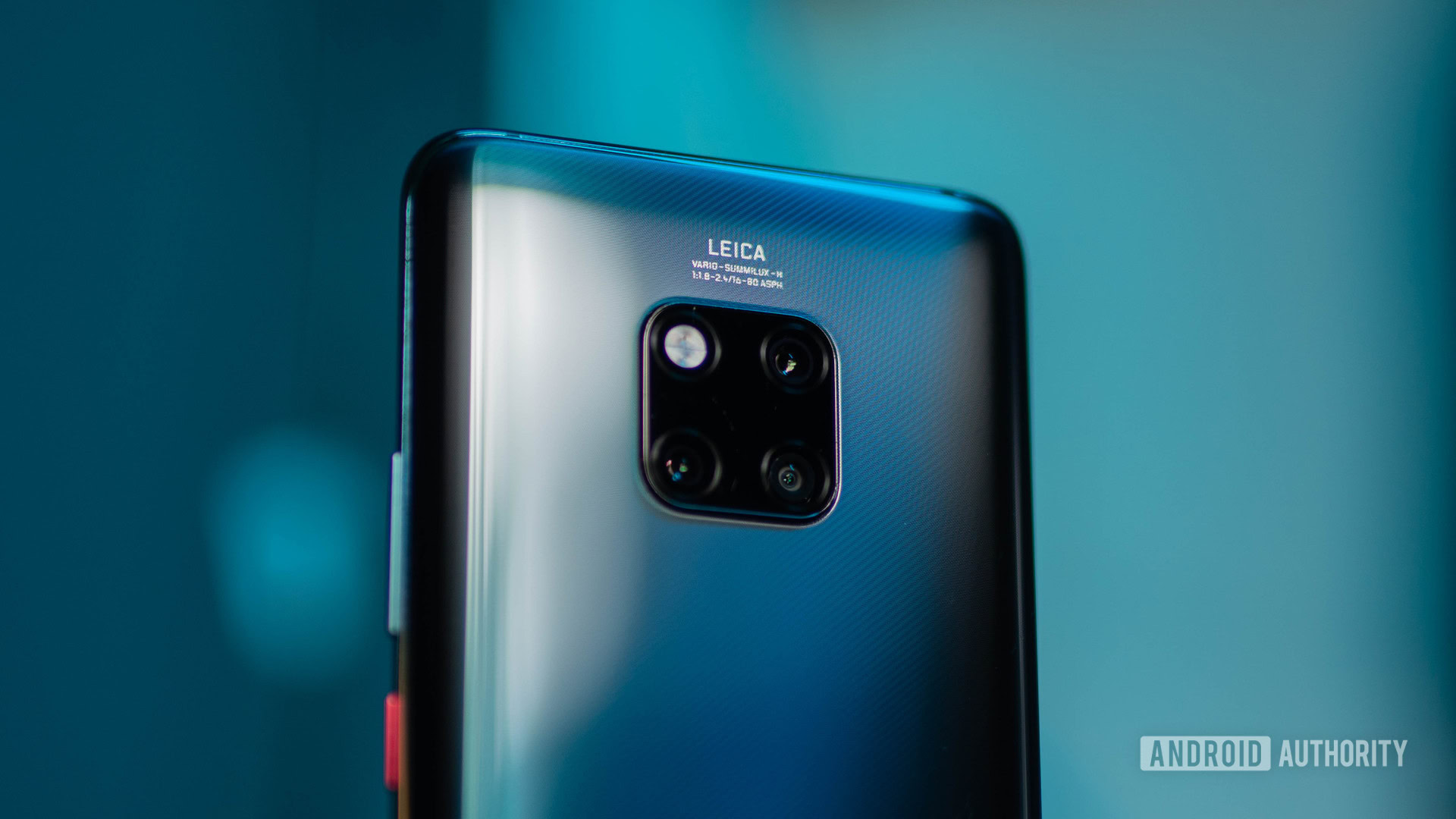
This is the most obvious way the HUAWEI P40 Pro could see a global release. The US government has repeatedly stated that it is working on a system that would grant temporary licenses to specific US firms so that they and HUAWEI can work together.
It is very possible that, between now and early next year, this system could finally see the light of day. Assuming it does, it is also very possible that Google could get a license and then be able to issue GMS certifications to new HUAWEI devices, such as the HUAWEI P40 Pro.
If the HUAWEI ban ends or the government issues out temporary licenses, HUAWEI's global smartphone division could stay afloat.
HUAWEI stated earlier this year that it could push Google apps and services to the Mate 30 Pro in just 24 hours, should the US government grant Google the ability to allow it.
Do we know for certain this is going to happen? No, not at all. But HUAWEI could either know something we don’t or simply be banking on it happening between now and the expected launch of the P40 Pro.
Less realistically, there is a possibility the HUAWEI ban itself could be gone by the time 2020 rolls around. Considering the US government just issued another 90-day reprieve to HUAWEI, it’s unlikely it would fully end before March of next year, but it is possible. It would likely be foolish of HUAWEI to depend on this happening, though, which brings us to our next theory.
Theory 2: The HUAWEI P40 Pro won’t be a P40 at all
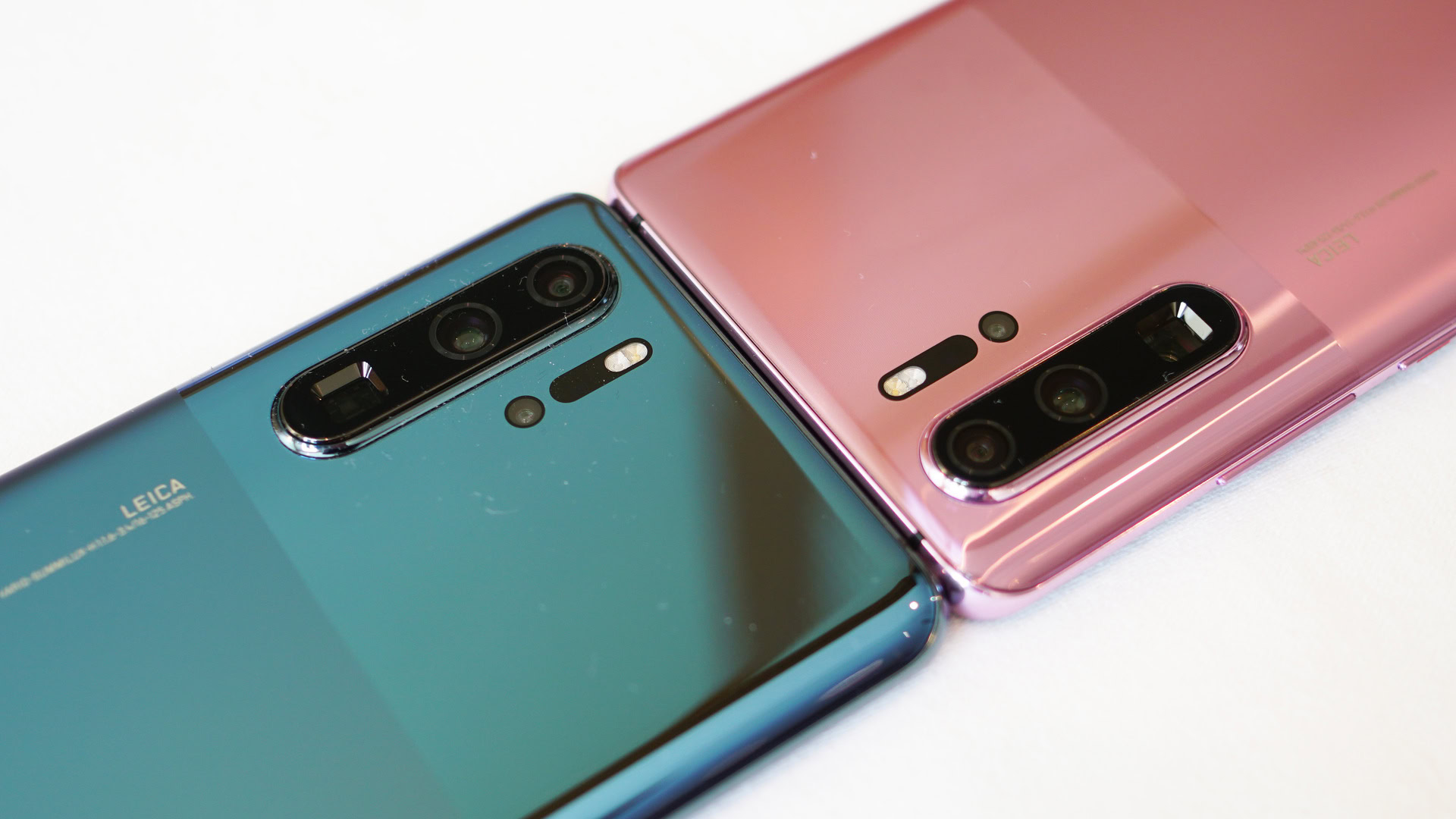
Earlier this year, we saw the launch of the HONOR 9X, which is (for all intents and purposes) a HUAWEI device. The HONOR 9X launched well after the HUAWEI ban took effect, which means that it shouldn’t be allowed to have Google apps.
However, it does. When you take the HONOR 9X out of the box, you can fire up all the Google apps you like.
How is this possible? We cover the matter in great detail in this terrific article by our own Robert Triggs, but we’ll give you a quick summary. Basically, the HONOR 9X isn’t really a new smartphone at all. On the outside, it looks like one and it’s promoted as being new, but inside it is mostly just the HONOR P Smart Z, a smartphone launched just before the HUAWEI ban began.
When Google issues a GMS license for a phone, it attaches that specific license to the carrier and regional model number of the device. Therefore, HUAWEI is simply using the license it received for the HONOR P Smart Z and then applying it to the HONOR 9X. The aesthetic look of the device and even its specs don’t matter, as long as the integral aspects of the GMS license match up.
HUAWEI could take advantage of a loophole within the HUAWEI ban that allows it to release slightly-altered devices.
It is possible that HUAWEI could repeat this strategy with the HUAWEI P40 Pro. It could use the license it received for the P30 Pro — or any HUAWEI device, really — and slap a new coat of paint on the phone and call it the P40 Pro. This is (as of now, anyway) not a violation of the HUAWEI ban.
However, HUAWEI can’t do this forever. Even if it did pull it off for the HUAWEI P40 Pro, consumers would essentially be spending 2020 flagship dollars on a 2019 smartphone. That might work for the very near future, but it won’t work throughout all of 2020, much less 2021 and beyond.
It does buy HUAWEI some time though, which might be all it needs if it is really going after our third and final theory.
Theory 3: Google apps? Who needs Google apps?
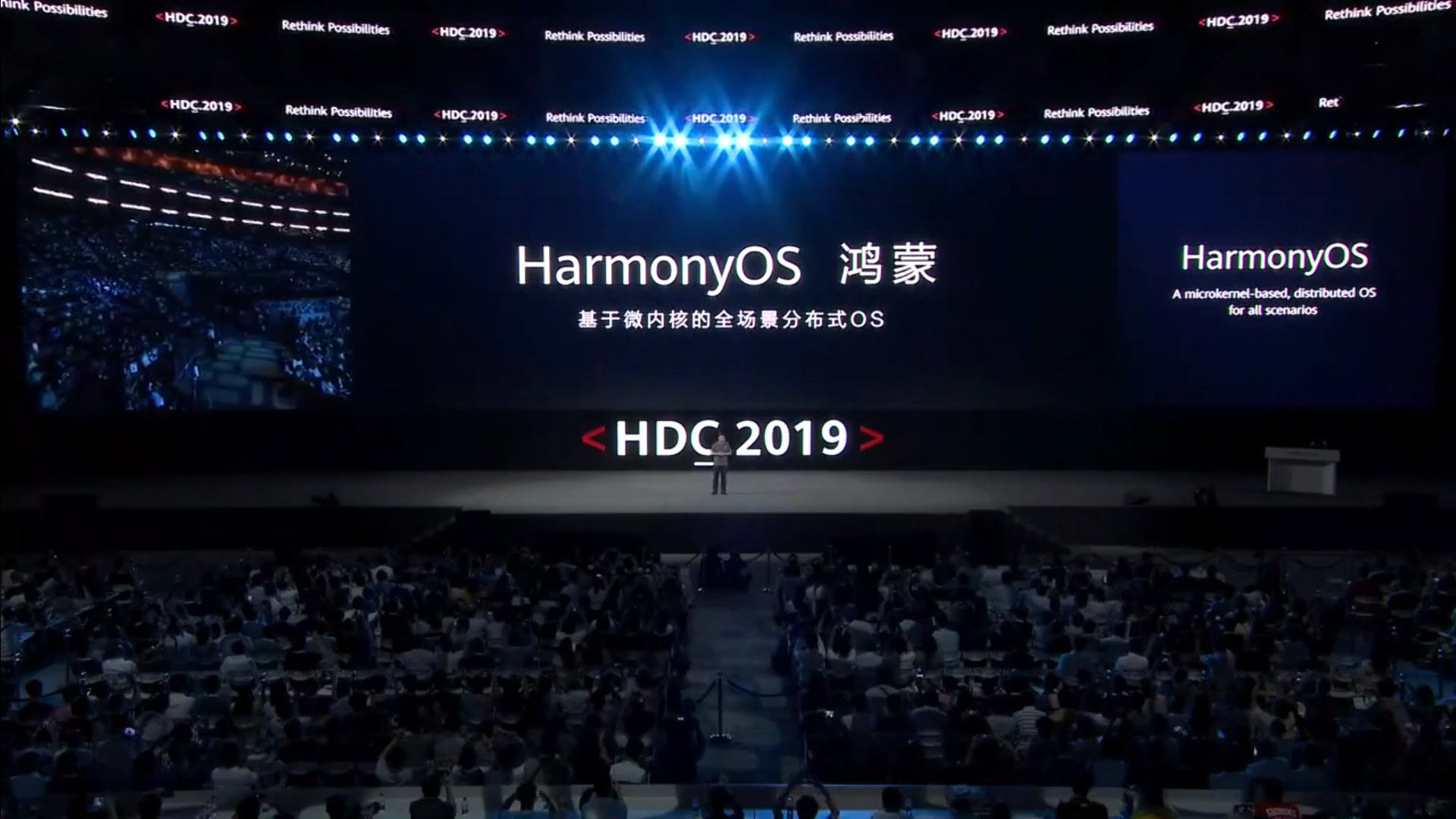
HUAWEI already has a solution to the problem it faces with GMS: its own HUAWEI Mobile Services (HMS). Google’s GMS and HUAWEI’s HMS basically do the same thing, with the notable difference that HMS can’t access anything linked to GMS.
That means HMS still can’t access Gmail, Google Drive, Google Photos, etc.
However, HMS could access other apps developed by or in partnership with HUAWEI that do the same thing as those related to GMS. At this year’s HUAWEI Developer Conference, the company talked big about how it wants to convince developers to work more with HMS and the company’s new Android-replacing operating system, Harmony OS. Theoretically, HUAWEI could move forward without Google at all, offering many of the same features and services Android users expect — but simply un-Googled.
Of course, that’s much easier said than done. For this to work, HUAWEI will need thousands of developers to alter their apps so they work with HMS. Even if it can do that — which is a very big “if” — it would then need to convince consumers to sign on to living a Google-free life on their smartphones. Despite Google’s poor reputation at the moment when it comes to privacy and security, few would argue that switching from Google to HUAWEI wouldn’t be akin to jumping out of the frying pan and into the fire.
The HUAWEI ban has taught the company that it can't totally rely on Google going forward. But it still needs time to replace Google.
Ultimately, if HUAWEI could make HMS work for the HUAWEI P40 Pro, it would need more time. We’re only a few months away at this point from the anticipated launch of the phone, which isn’t nearly enough time for HUAWEI to implement a whole new ecosystem.
That brings us to our best guess of what’s going to happen. We posit that the HUAWEI P40 Pro will be more like a HUAWEI P30 Pro 2, in that it will reuse the GMS license from the P30 or some other HUAWEI device. That will allow it to launch on time with Google apps on board and keep HUAWEI’s global smartphone division afloat for the time being.
From then on, HUAWEI is likely going to be working around the clock to make HMS and its new Harmony OS ecosystem a viable option for replacing Android, while simultaneously hoping that the HUAWEI ban will be lifted and it can go back to business as usual. One thing is for certain, though: 2020 is going to be a very interesting year for HUAWEI.